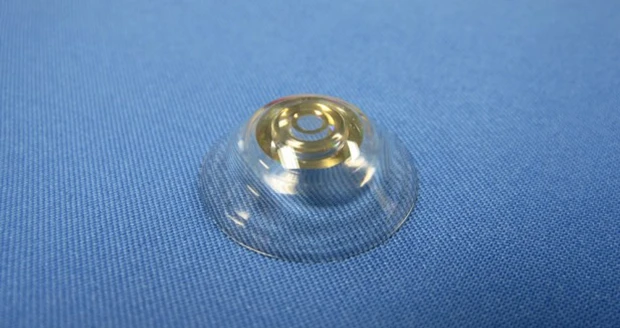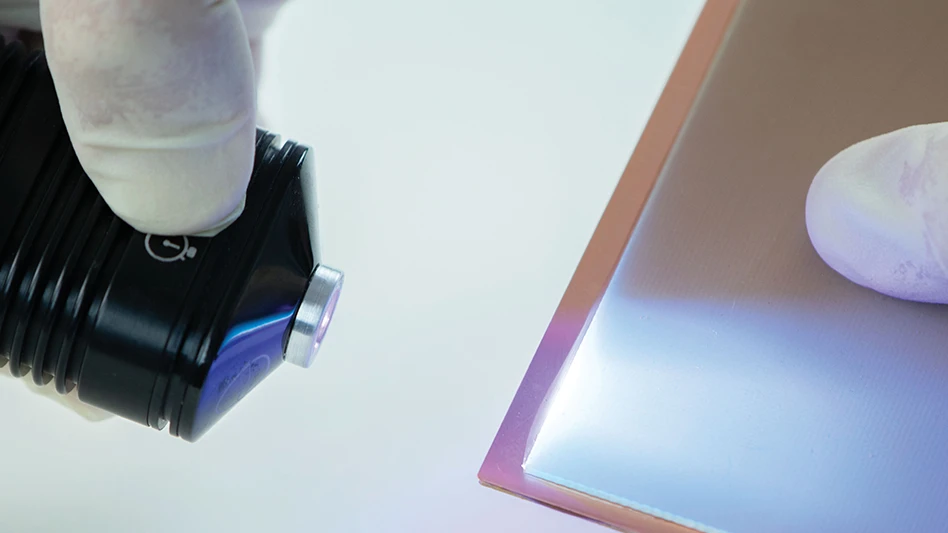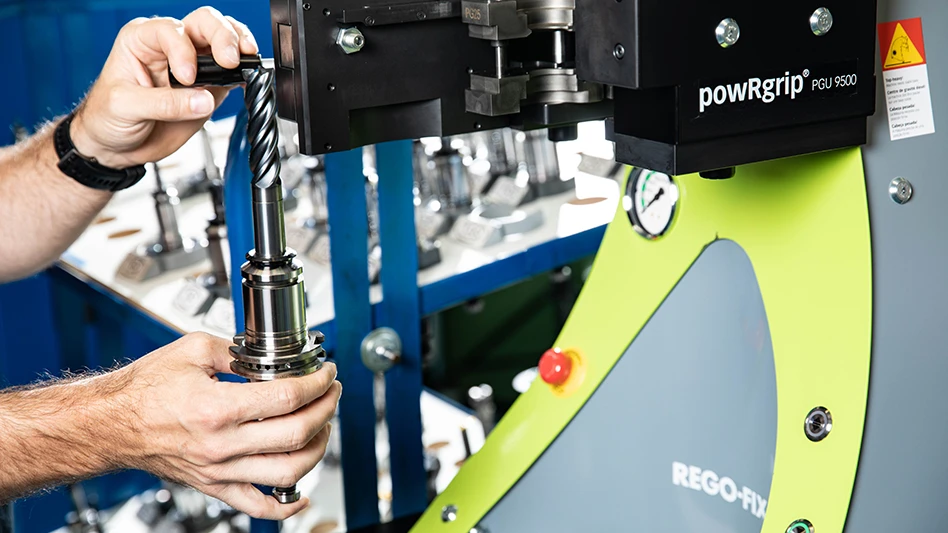
Switzerland - An estimated 285 million people are visually impaired worldwide. Age-related macular degeneration alone is the leading cause of blindness among older adults in the Western world. At the AAAS Annual Meeting in San Jose, California, Eric Tremblay from Ecole Polytechnique Fédérale de Lausanne (EPFL) in Switzerland unveiled a new prototype of his telescopic contact lens – the first of its kind – giving hope for better, stronger vision. The optics specialist also debuts complementary smart glasses that recognize winks and ignore blinks, allowing wearers of the contact lenses to switch between normal and magnified vision.
"We think these lenses hold a lot of promise for low vision and age-related macular degeneration (AMD)," says Tremblay, an EPFL researcher whose collaborators include Joe Ford at the University of California, San Diego, and others at Paragon Vision Sciences, Innovega, Pacific Sciences and Engineering, and Rockwell Collins. "It's very important and hard to strike a balance between function and the social costs of wearing any kind of bulky visual device. There is a strong need for something more integrated, and a contact lens is an attractive direction. At this point this is still research, but we are hopeful it will eventually become a real option for people with AMD."
Inside the lens
The first iteration of the telescopic contact lens – which magnifies 2.8 times – was announced in 2013. Since then the scientists behind the DARPA-funded project have been fine-tuning the lens membranes and developing accessories to make the eyewear smarter and more comfortable for longer periods of time, and thus more usable in everyday life.
The contacts work by incorporating a very thin reflective telescope inside a 1.55mm thick lens. Small mirrors within bounce light around, expanding the perceived size of objects and magnifying the view, so it's like looking through low magnification binoculars.
At this time, the telescopic contacts are made using a rigid lens known as a scleral lens – larger in diameter than the typical soft contacts you might be used to and valuable for special cases, such as for people with irregularly shaped corneas. Although large and rigid, scleral lenses are safe and comfortable for special applications, and present an attractive platform for technologies such as optics, sensors, and electronics like the ones in the telescopic contact lens, says Tremblay.
The final lenses are made from several precision cut and carefully assembled pieces of plastics, aluminum mirrors, and polarizing thin films, along with biologically safe glues.
Since the eye needs a steady supply of oxygen, the scientific team has spent the last couple of years making the lenses more breathable – a critical requirement. To achieve oxygen permeability, they are incorporating tiny air channels roughly 0.1mm wide within the lens to allow oxygen to flow around and underneath the complex and normally impermeable optical structures to get to the cornea.
Image quality and oxygen permeability in the lenses are ongoing challenges and objects of research, but results are improving as the mechanical and manufacturing processes are refined and better understood, say the scientists. The prototypes shown at AAAS demonstrate the latest versions.
Wink-controlled glasses
The researchers have also developed a novel method to electronically switch the wearer's view between normal, or unmagnified vision and telescopic. This switching functionality is crucial for the lenses to be widely useful for non-AMD sufferers who will be able to have magnification "on demand." In the system debuted at AAAS, electronic glasses use a small light source and light detector to recognize winks and ignore blinks. The wearer will wink their right eye for magnification, and left eye for normal vision.
The glasses work by electronically selecting a polarization of light to reach the contact lens. The contact lens allows one type of polarization in the 1x aperture and another in the 2.8x aperture. Thus, the user sees the view where the polarization of the glasses and contact lens aperture match.
In a video of a lab demo shown during a scientific symposium at AAAS, you can see the optical view switch from magnified to unmagnified, and a second video shows the functionality of the wink-controlled glasses.
There are glasses already on the market for people with AMD that have mounted telescopes, but they tend to look bulky and interfere with social interaction. They also do not track eye movement, so you have to position your eyes and tilt your head to use them.
The combination of the telescopic contact lenses and optional blink-controlled eyewear represent a huge leap in functionality and usability in vision aid devices and a major feat for optics research.
About EPFL
Ecole polytechnique fédérale de Lausanne (EPFL) is Europe's most cosmopolitan technical university. It receives students, professors, and staff from more than 120 nationalities. With both a Swiss and international calling, it is therefore guided by a constant wish to open up. Its missions of teaching, research, and partnership impact various circles, from universities and engineering schools, to developing and emerging countries, to secondary schools and gymnasiums, to industry, economy, politics, and the general public.
Source: EPFL
Latest from Today's Medical Developments
- Copper nanoparticles could reduce infection risk of implanted medical device
- Renishaw's TEMPUS technology, RenAM 500 metal AM system
- #52 - Manufacturing Matters - Fall 2024 Aerospace Industry Outlook with Richard Aboulafia
- Tariffs threaten small business growth, increase costs across industries
- Feed your brain on your lunch break at our upcoming Lunch + Learn!
- Robotics action plan for Europe
- Maximize your First Article Inspection efficiency and accuracy
- UPM Additive rebrands to UPM Advanced





